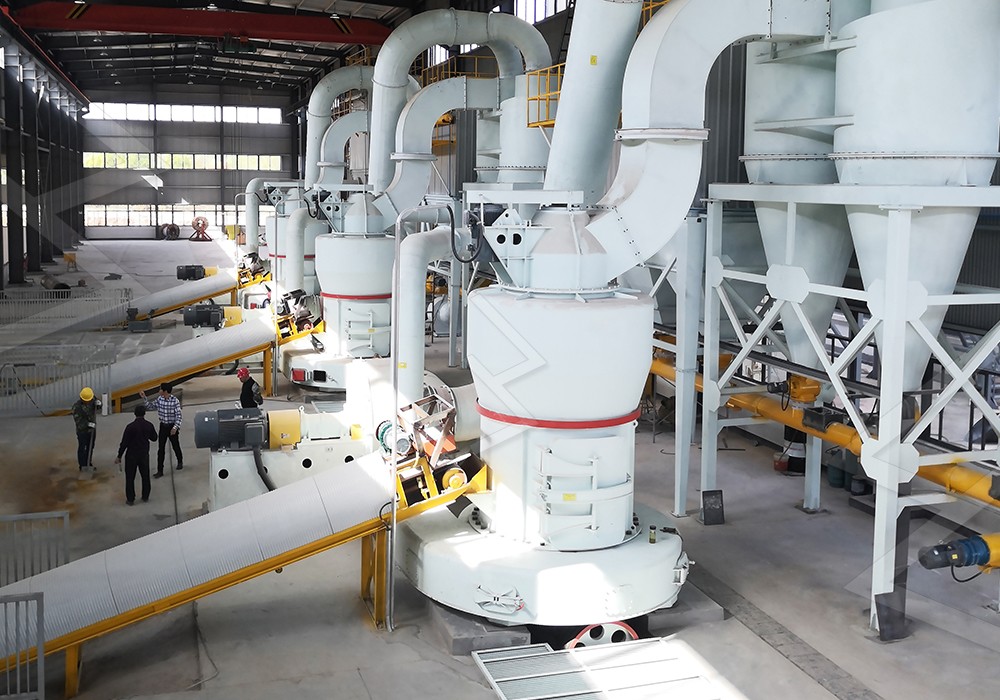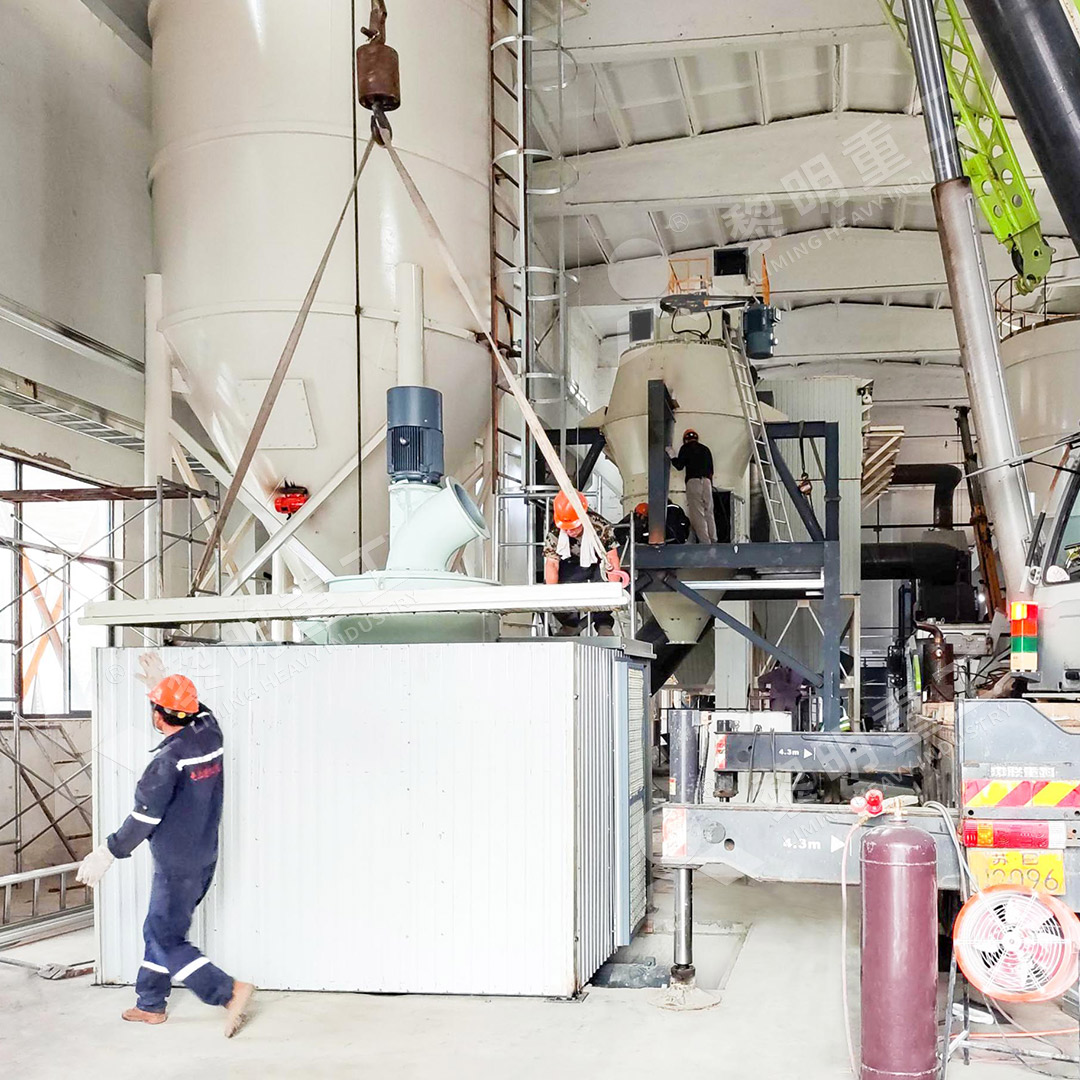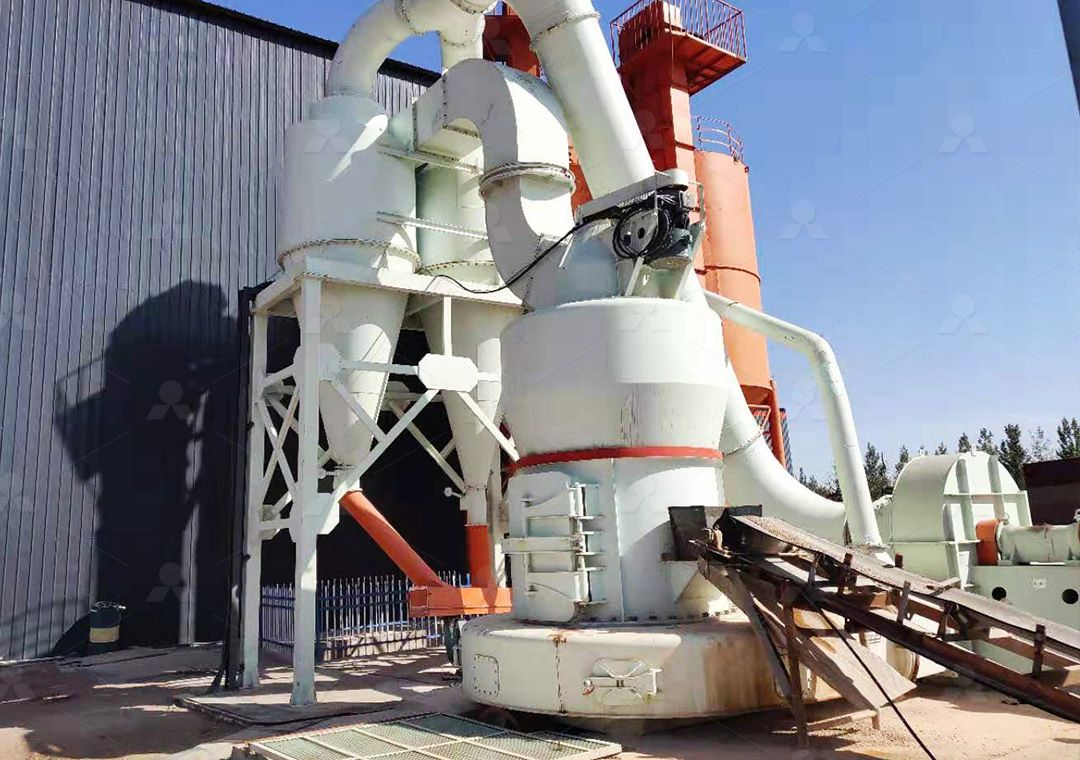Raymond Mill: A Comprehensive Guide to Raymond Grinding Mill
Raymond Mill: A Comprehensive Guide to Raymond Grinding Mill
For over a century, Raymond grinding mills have been the workhorse of industrial powder processing. Known for their reliability and efficiency, these mills have evolved significantly since their initial development. As an industry professional with decades of experience, I’ve witnessed firsthand how this technology has transformed material processing across numerous sectors.
The fundamental principle behind Raymond mill operation is relatively straightforward yet brilliantly effective. Material is fed into the grinding chamber where rotating rollers compress and crush the feedstock against a stationary grinding ring. The ground material is then carried by airflow to a classifier that separates particles by size, returning oversize material for further grinding while allowing fine product to proceed to collection.

What makes Raymond mills particularly valuable is their versatility. They can process a wide range of materials including limestone, calcite, dolomite, barite, talc, and gypsum, making them indispensable in industries from construction to chemicals. The traditional Raymond mill configuration offers input sizes up to 25mm with capacities ranging from 0.6 to 5 tph, making it suitable for small to medium-scale operations.
Modern Advancements in Grinding Technology
While traditional Raymond mills continue to serve many applications effectively, technological advancements have led to more sophisticated solutions for demanding applications. For operations requiring ultra-fine powders with precise particle size distribution, newer grinding technologies offer significant advantages.
One such advancement is our MW Ultrafine Grinding Mill, which represents the next generation in fine powder processing. This machine is specifically engineered for customers who need to produce ultra-fine powder between 325-2500 meshes. With an input size of 0-20 mm and capacity ranging from 0.5 to 25 tph, it bridges the gap between conventional Raymond mills and specialized ultra-fine grinding equipment.

The MW series incorporates several innovative features that address common challenges in fine powder production. Its newly designed grinding curves for the grinding roller and ring enhance grinding efficiency significantly. In practical terms, with the same fineness and power consumption, the production capacity is 40% higher than jet grinding mills and stirred grinding mills, and twice that of traditional ball grinding mills, while system energy consumption is only 30% of jet grinding mills.
Key Considerations for Mill Selection
When selecting a grinding mill for your operation, several factors deserve careful consideration. The nature of your material—its hardness, moisture content, and abrasiveness—will significantly influence your choice. Production requirements, including desired fineness and hourly capacity, must align with the equipment’s capabilities. Equally important are operational considerations such as energy consumption, maintenance requirements, and environmental compliance.
For operations requiring even higher precision and efficiency, our LUM Ultrafine Vertical Grinding Mill offers another sophisticated option. With an input size of 0-10 mm and capacity of 5-18 tph, this mill integrates ultrafine powder grinding, grading, and transporting in a single unit. Its unique roller shell and lining plate grinding curve design generates material layers more easily and achieves high rates of finished products through single-pass powder milling.
Both the MW and LUM series address common pain points in powder processing. The absence of rolling bearings and screws in the grinding chamber of the MW mill eliminates concerns about bearing damage or machine failure due to loose screws. External lubrication allows for maintenance without shutdown, supporting continuous 24-hour operation—a significant advantage for high-volume production facilities.

Environmental and Operational Efficiency
Modern grinding mills must meet increasingly stringent environmental standards. The MW Ultrafine Grinding Mill comes equipped with an efficient pulse dust collector and muffler, effectively reducing both dust and noise emissions. The entire production process is designed to minimize environmental impact while maintaining high productivity.
Digitalization has also transformed grinding mill operation. With dozens of lines of numerical controlling machine tools, operations including steel plate cutting, bending, planing, milling, and paint spraying are all numerically controlled. This digital processing ensures high machining precision, particularly for core components, resulting in more reliable performance and longer service life.
Frequently Asked Questions
What is the main difference between traditional Raymond mills and newer ultrafine grinding mills?
Traditional Raymond mills are excellent for general-purpose grinding with fineness typically up to 425 mesh, while ultrafine grinding mills like our MW series can achieve fineness between 325-2500 meshes with higher efficiency and lower energy consumption per ton of product.
How does the MW Ultrafine Grinding Mill achieve higher efficiency?
The MW mill incorporates newly designed grinding curves of the grinding roller and ring, which significantly enhance grinding efficiency. Additionally, its cage-type powder selector increases precision of powder separation, and the absence of rolling bearings in the grinding chamber reduces maintenance requirements and potential failure points.
Can these grinding mills handle abrasive materials?
Yes, both traditional Raymond mills and modern variants like the MW series can process abrasive materials, though wear-resistant components may be recommended for highly abrasive applications to extend service life and reduce maintenance frequency.
What environmental features are incorporated into modern grinding mills?
Contemporary designs include efficient pulse dust collectors that prevent dust pollution during operation, silencers and noise elimination rooms to reduce acoustic emissions, and fully enclosed systems that operate under negative pressure to contain particles.
How does the digital control system improve grinding mill operation?
Digital control allows for precise adjustment of grinding parameters, remote monitoring and operation, automated maintenance alerts, and consistent product quality through repeatable process settings, ultimately reducing operational costs and improving reliability.
